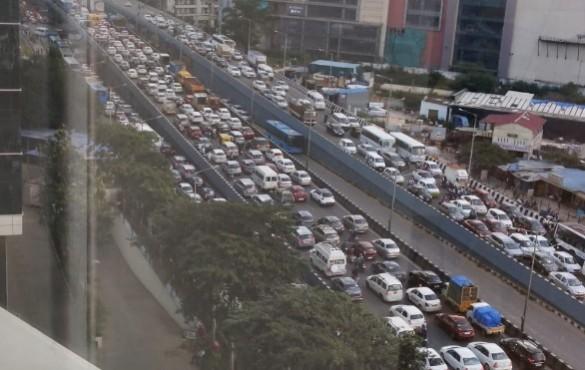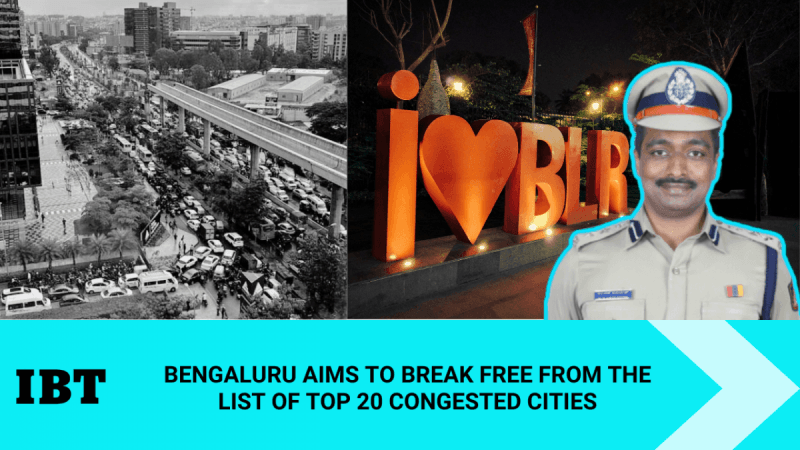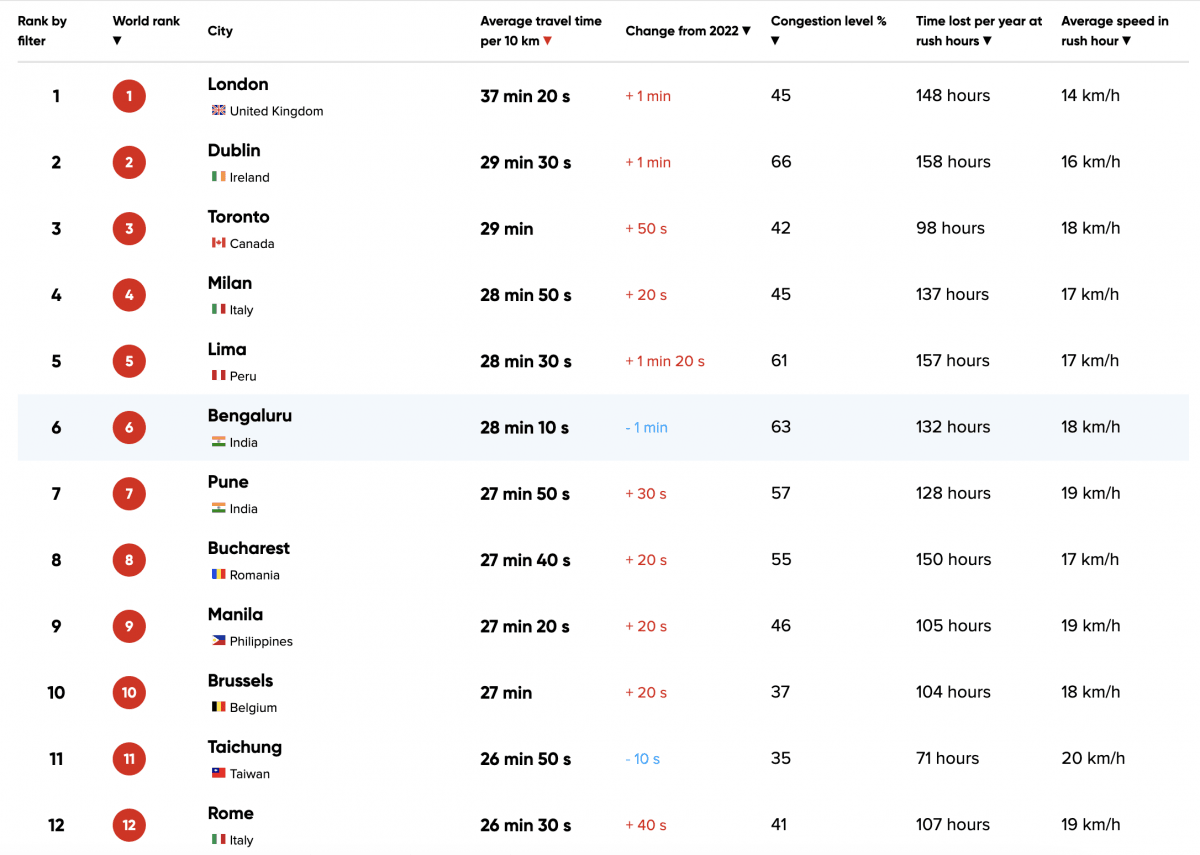
In the backdrop of Bengaluru traffic memes, the Silicon Valley of India has been undergoing major improvements. As a result of dedicated focus on traffic management and regulation, Bengaluru's traffic scene has improved, resulting in lower congestion and smoother commutes. Your vehicles' clutch and brakes will be thanking now.
According to TomTom Traffic Index 2023, which evaluates cities around the world by their average travel time among other traffic-related metrics, significant improvement has been noted in Bengaluru last year compared to 2022. Let's take a closer look at how Bengaluru's traffic congestion has improved.
According to the TomTom traffic index, Bengaluru was one of the five cities to witness a marked improvement in average travel time per 10km. It was improved by a minute, which is a remarkable improvement despite lakhs of vehicles being added.
Speaking to International Business Times, MN Anucheth, Joint Commissioner of Police (Traffic), said that "the improvement of average speed from 14kmph in 2022 to 18kmph in 2023 is heartening. So is the reduction in peak travel time by 1 min. This is inspite of adding 10 lakh new vehicles in 2023. Only city in top 10 to have reduced the travel times."
Bengaluru is witnessed an improvement of four ranks in being the most congested city. In 2022, Bengaluru was ranked second most congested, but it ranked sixth this year.
How did Bengaluru achieve this feat?
The improvement in the city's overall traffic is credited to various well-planned efforts, ranging from peak hour management, HGV regulation, engineering interventions, and metro connectivity.
"Bengaluru aims to break free from the list of top 10 or even top 20 congested cities in the future," Anucheth, IPS, told International Business Times, as he highlighted the efforts involved in improving the city's traffic conditions.

Bengaluru shifted its focus from enforcement to proactive traffic management and regulation and even ensured dedicated staff on the ground to ensure smooth flow of traffic, particularly during peak hours. The city also blocked heavy goods vehicles during peak hours, which significantly improved the traffic conditions.
In addition, notable engineering interventions alleviated traffic congestion through improvements in junctions, redesigning, median closures, pothole refilling, and bus stand relocations. The metro connectivity between Byappanhalli and Whitefield did wonders to Old Madras Road.
What's next?
With the aim of breaking free from the top-10 list, Anucheth, IPS, told us that there are some ambitious plans already in place to that effect. The positive results of using AI for traffic management will soon be visible.
Bengaluru recently implemented Actionable Intelligence for Sustainable Traffic Management (ASTraM), which uses AI to generate congestion alerts for more rapid and effective responses. Moreover, the city is getting AI-based traffic signals (ATCS signals) to ensure optimal traffic signal management.











